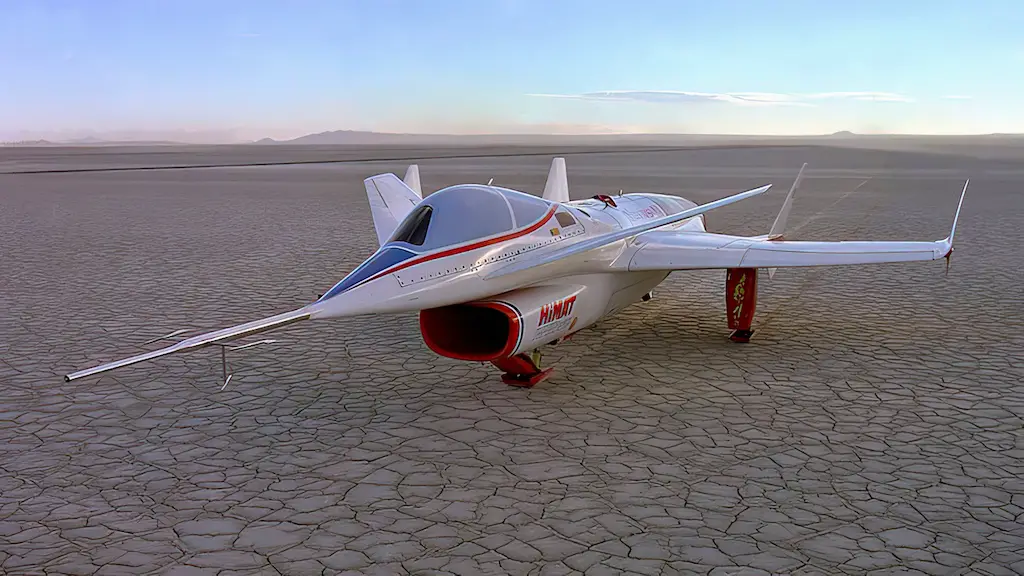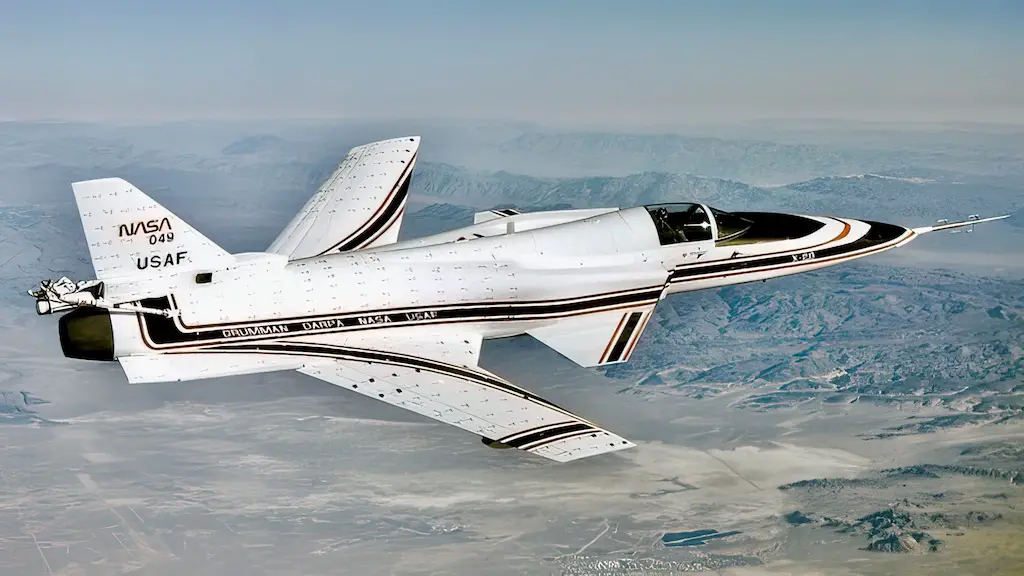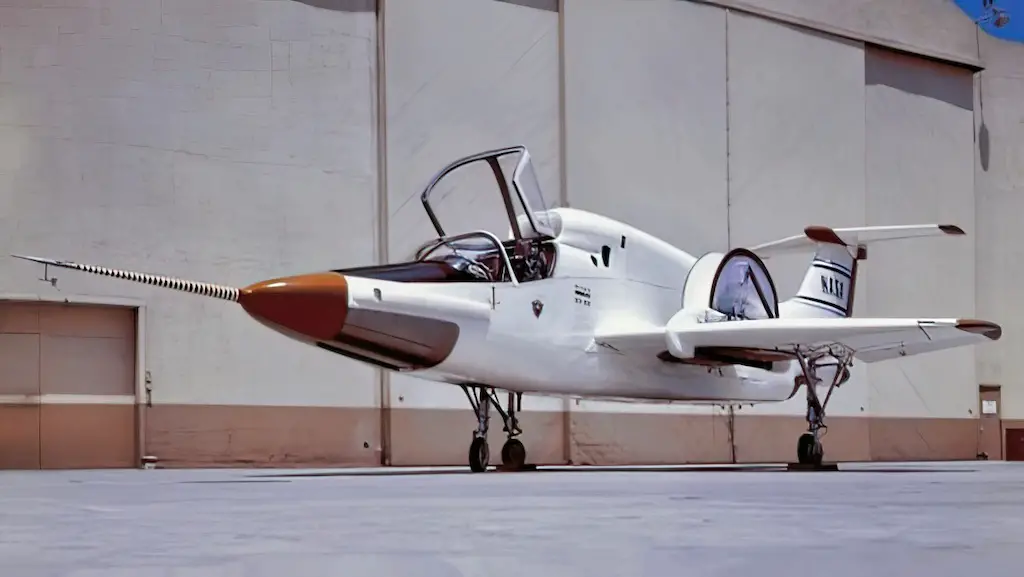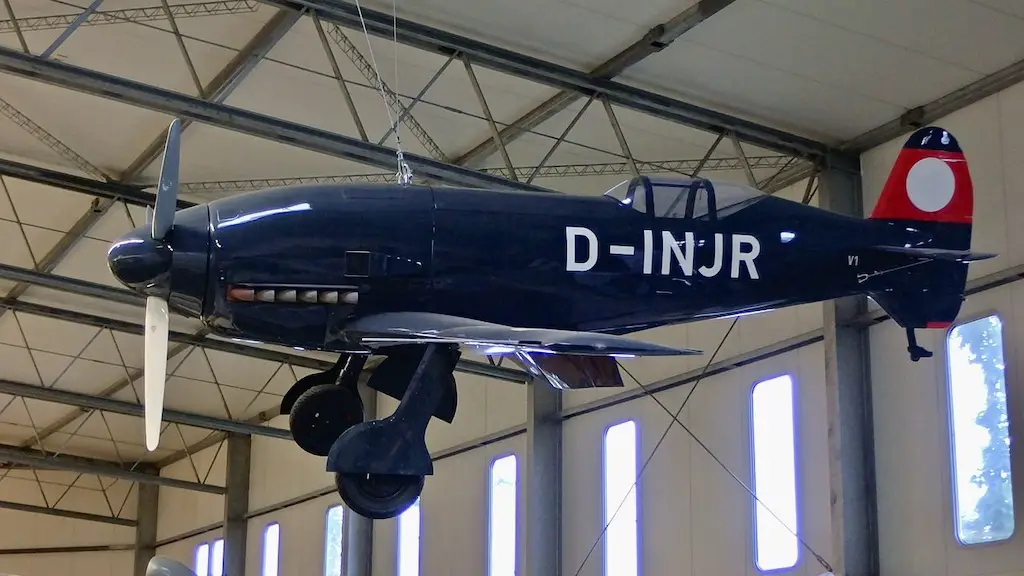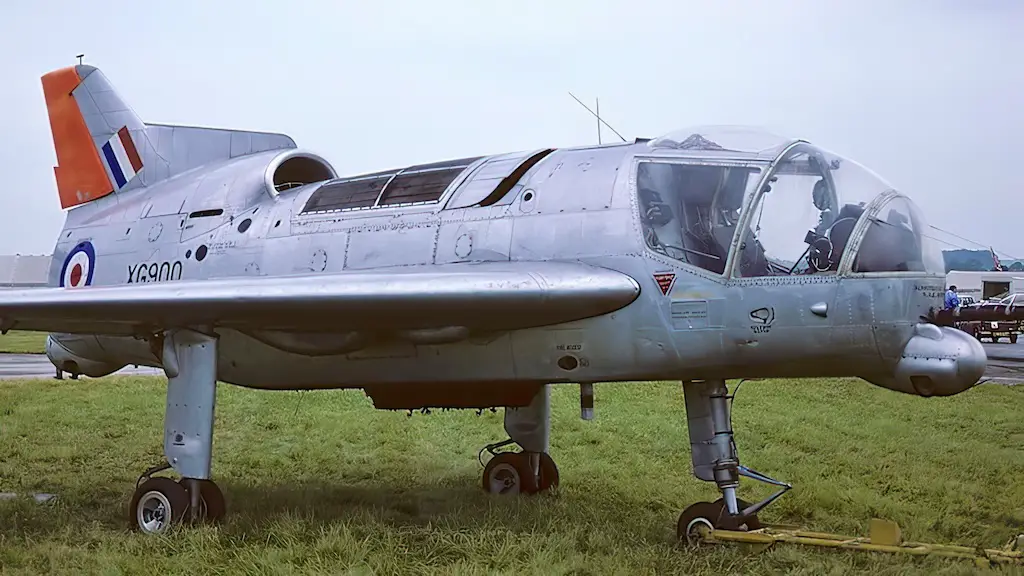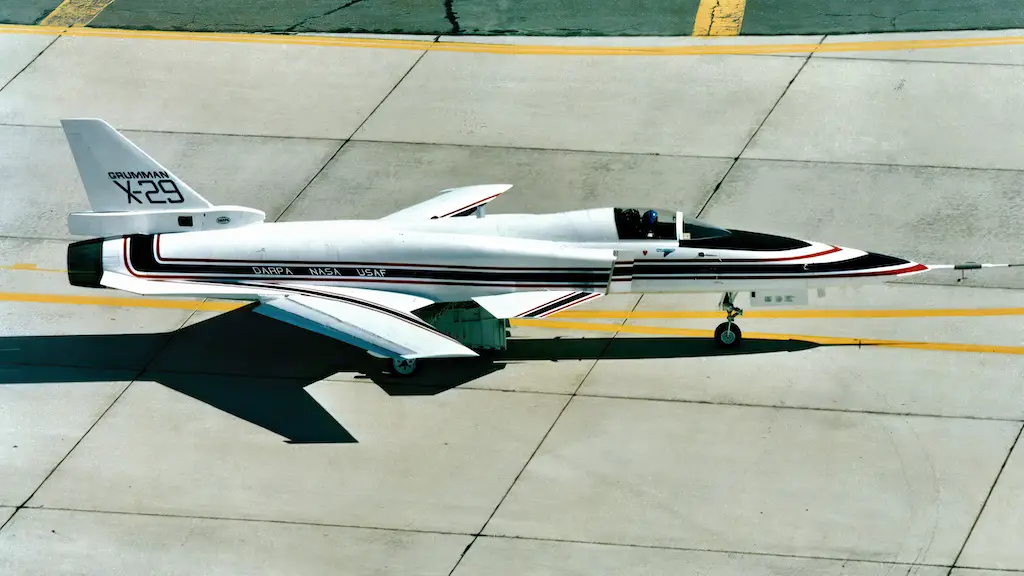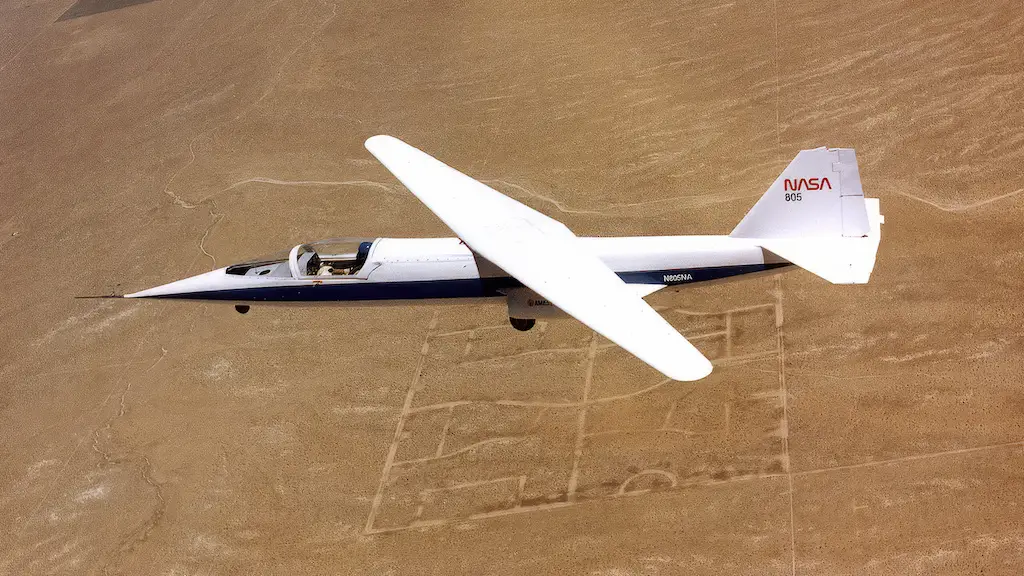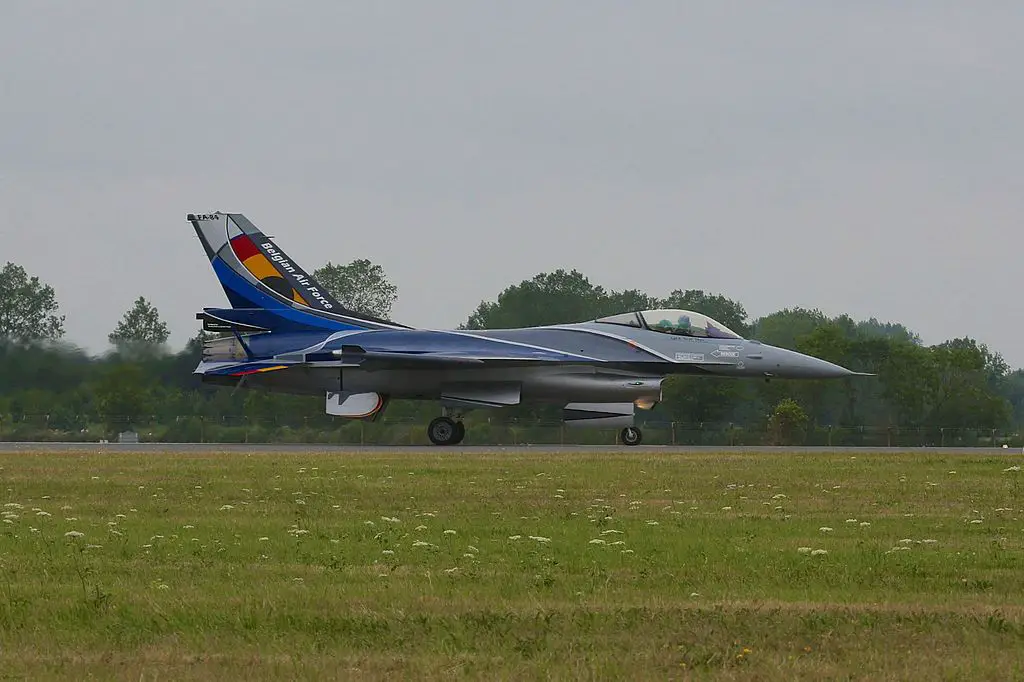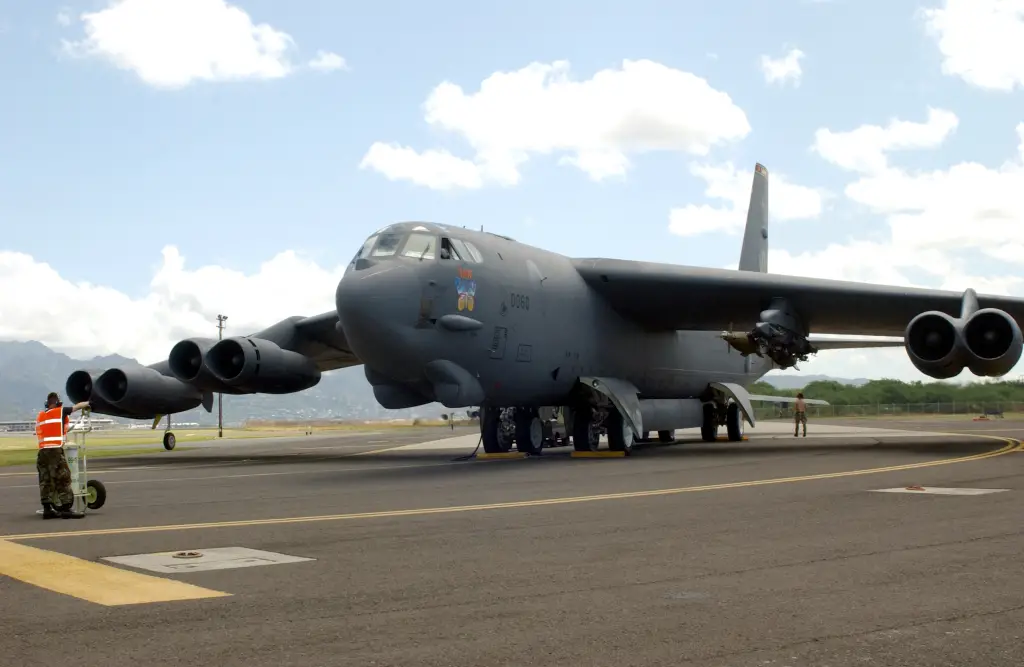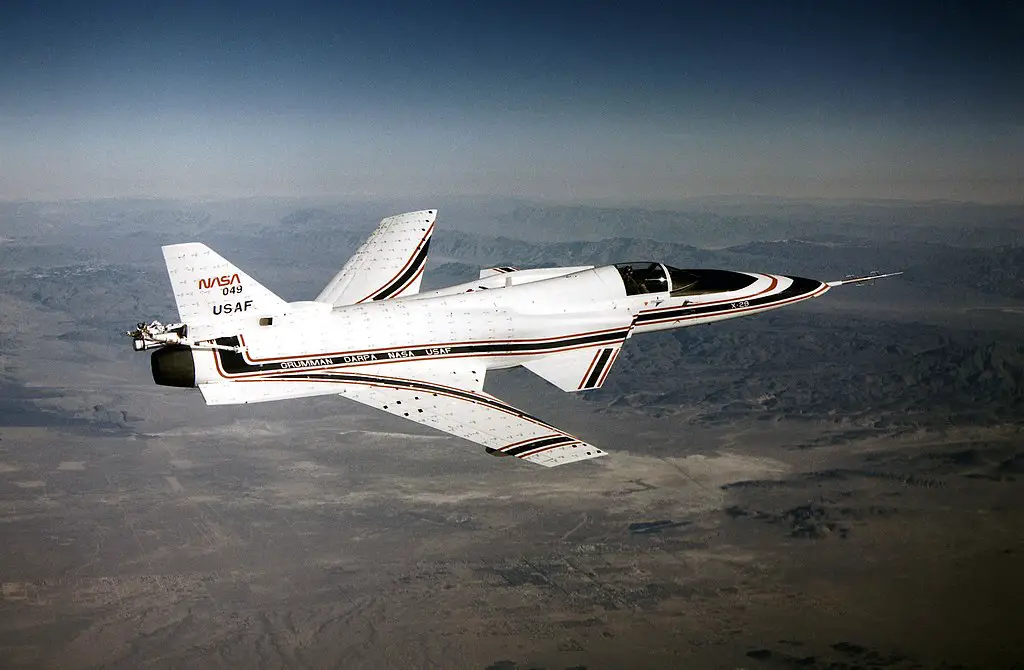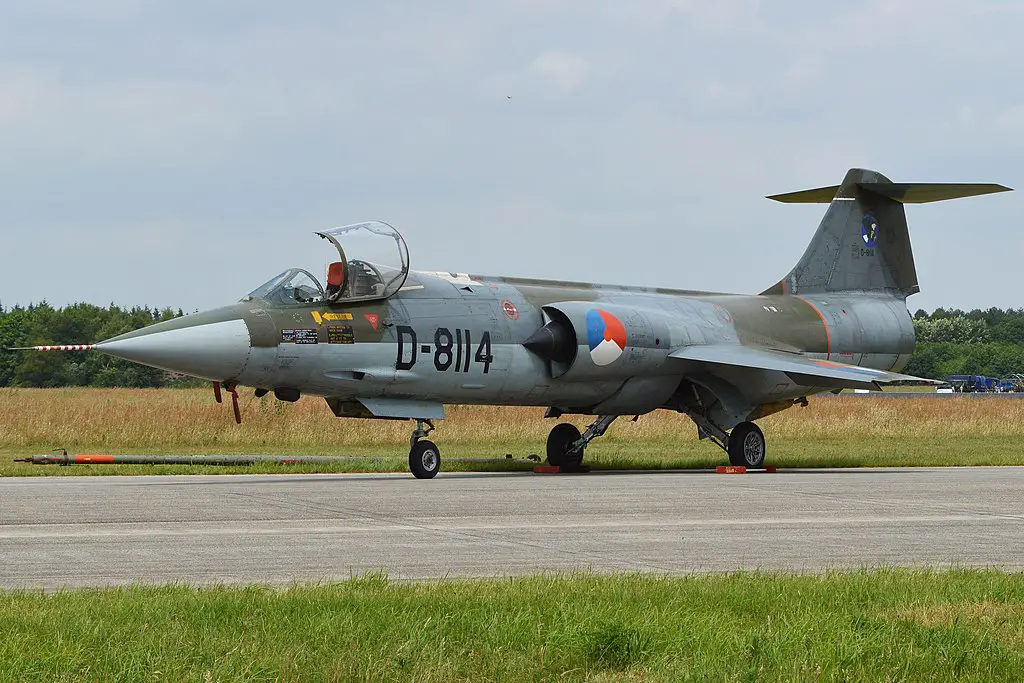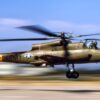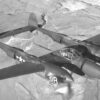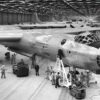HiMAT stands for Highly Maneuverable Aircraft Technology, and they definitely nailed the “highly maneuverable” part… it’s almost as if someone at NASA had the idea, “What if we built the whole aircraft out of control surfaces?” It was also modular, so they could technically add even more/bigger control surfaces if they wanted to.
The Origin of the Program
At the NASA Dryden Flight Research Center in Edwards, California, two remotely piloted, experimental Highly Maneuverable Aircraft Technology (HiMAT) vehicles were utilized to explore high-performance fighter technology that would be employed in later aircraft from mid-1979 until January 1983. Each aircraft was roughly half the size of an F-16 and could turn almost twice as quickly.
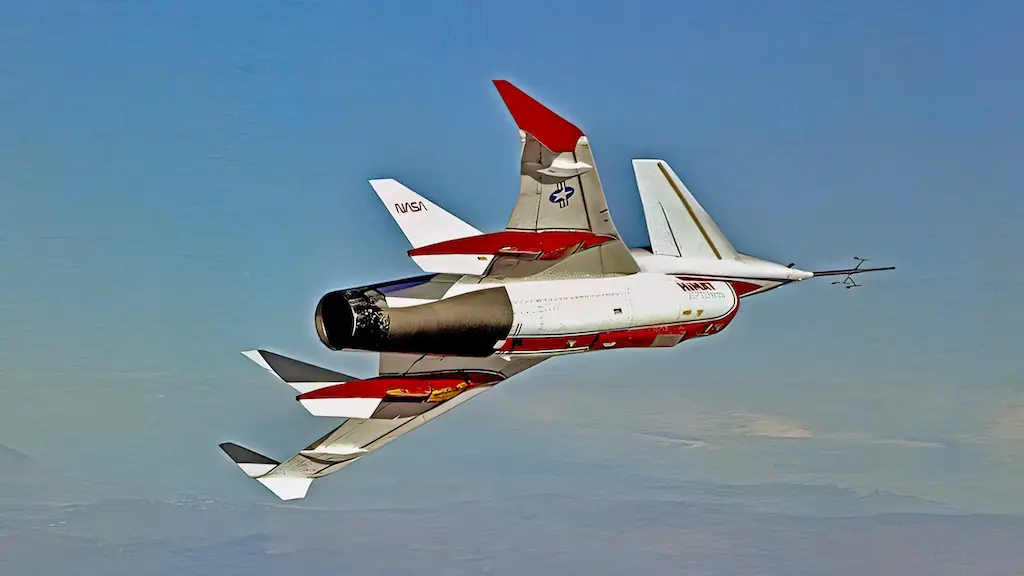
NASA and the Air Force Flight Dynamics Laboratory collaborated on the HiMAT research at Dryden. The fact that the planes were controlled from a ground station allowed for the employment of high-risk maneuverability testing and experimental technology without jeopardizing the safety of the pilots. Over the course of the project’s three and a half years, the aircraft was flown 26 times.
HiMAT experiments provided data on integrated, computerized controls, the use of new composite materials, a digital integrated propulsion control system, and the interaction of these then-emerging technologies with one another. They also provided information on design features like aeroelastic tailoring, close-coupled canards, and winglets.
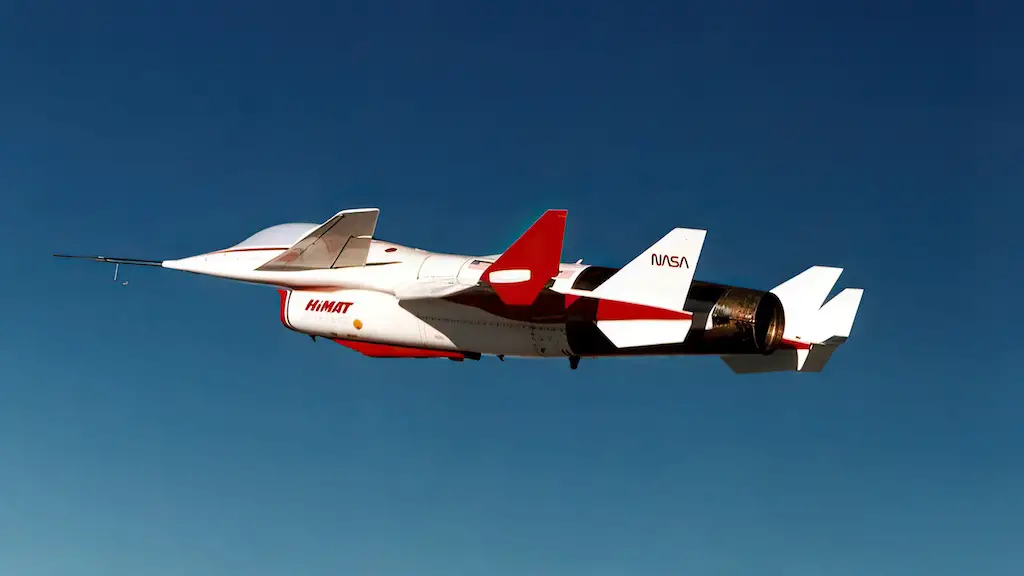
Design and Features
The HiMAT plane’s turn radius was twice as small as that of typical fighter planes because of its rear-mounted swept wings, digital flight control system, and forward-adjustable canard. As a result, the HiMAT vehicle could sustain an 8-G rotation at a speed almost equivalent to the speed of sound and at a height of 25,000 feet. An F-16 can turn at a maximum sustained force of around 4.5 Gs at the same altitude.
The HiMAT vehicle had a 23.5-foot length and about 16-foot wingspan. A General Electric J-85-21 turbojet that produced 5,000 lb of static thrust at sea level served as its power source. The HiMAT aircraft weighed 4,030 lb at launch. Their maximum speed was Mach 1.4. Most of the experimental composites utilized to build the aircraft were fiberglass and graphite-epoxy, making up about 30% of the total materials used. Both cars cost $17.3 million to build.
Launched from a mothership
At a height of roughly 45,000 feetwere launched from NASA’s B-52 carrier plane. A NASA research pilot operated each HiMAT plane remotely from a ground station using a television camera placed in the cockpit and a digital onboard computer system. If the remote pilot lost ground control, there was also a TF-104G chase plane with backup controls.
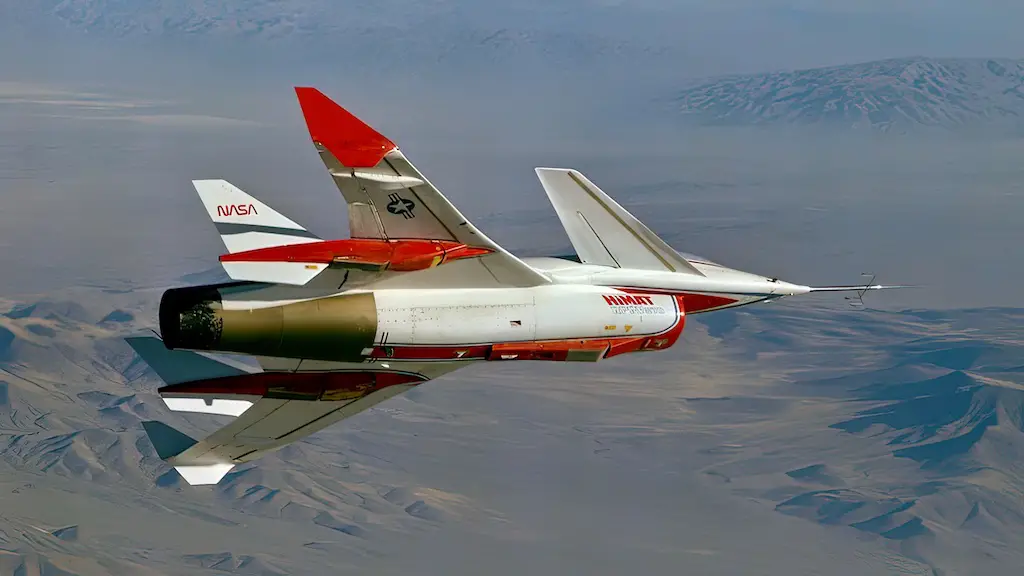
Using a microprocessor-based digital fly-by-wire control system, the HiMAT was flown using methods akin to conventional airplanes from the ground cockpit. However, the design of the vehicle’s control regulations had proven to be very difficult. The pilot would bring the HiMAT plane down on the dry lakebed next to Dryden when the research portion of the mission was finished.
Legacy
The application of novel composite materials in structural design was one of the significant contributions of the HiMAT project to flying technology. To reinforce the plane and enable it to withstand the strong G-force conditions it faced during maneuverability testing, HiMAT engineers employed materials like fiberglass and graphite. HiMAT’s knowledge of composite construction significantly impacted other cutting-edge research, and the materials are now widely employed in both commercial and military aircraft.
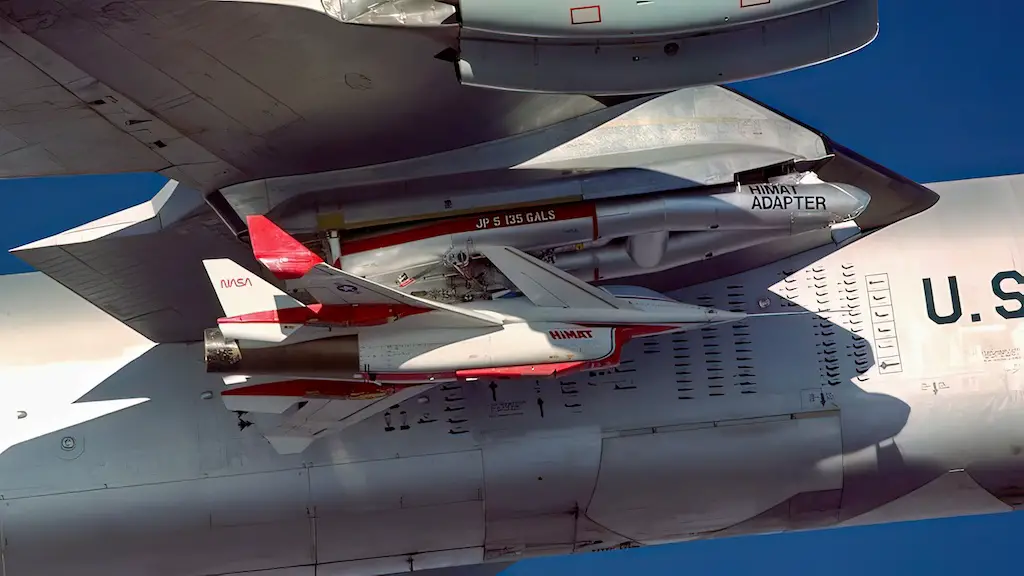
The X-29 successfully used the forward canard and the rear-mounted swept-wing made of lightweight composite materials and other HiMAT research-derived technologies. The wing made it possible to increase maneuverability significantly.
Digital flight control systems that can detect and automatically correct potential flight hazards have advanced significantly due to HiMAT research. On HiMAT aircraft, winglets, or tiny wingtip fins, were also the subject of tests. On private and commercial aircraft, winglets are widely employed to reduce drag and significantly improve fuel efficiency. The two research aircraft are currently on display, one at the NASA Dryden Flight Research Center and the other at the National Air and Space Museum of the Smithsonian Institution.
